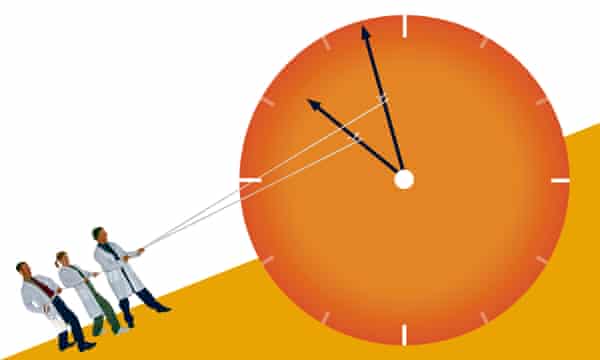
Breaking News
 BrightLearn - Revolutionizing Food: Grow Your Own Freedom...
BrightLearn - Revolutionizing Food: Grow Your Own Freedom...
 VIDEO: Alex Jones Goes Off On Trump, "The Globalists Have Been Deliberately Destroying...
VIDEO: Alex Jones Goes Off On Trump, "The Globalists Have Been Deliberately Destroying...
 Menopause and gut health: Decoding the relationship between hormones and digestive issues
Menopause and gut health: Decoding the relationship between hormones and digestive issues
Top Tech News
 Magnetic Fields Reshape the Movement of Sound Waves in a Stunning Discovery
Magnetic Fields Reshape the Movement of Sound Waves in a Stunning Discovery
 There are studies that have shown that there is a peptide that can completely regenerate nerves
There are studies that have shown that there is a peptide that can completely regenerate nerves
 Swedish startup unveils Starlink alternative - that Musk can't switch off
Swedish startup unveils Starlink alternative - that Musk can't switch off
 Video Games At 30,000 Feet? Starlink's Airline Rollout Is Making It Reality
Video Games At 30,000 Feet? Starlink's Airline Rollout Is Making It Reality
 Automating Pregnancy through Robot Surrogates
Automating Pregnancy through Robot Surrogates
 SpaceX launches Space Force's X-37B space plane on 8th mystery mission (video)
SpaceX launches Space Force's X-37B space plane on 8th mystery mission (video)
 This New Bionic Knee Is Changing the Game for Lower Leg Amputees
This New Bionic Knee Is Changing the Game for Lower Leg Amputees
 Grok 4 Vending Machine Win, Stealth Grok 4 coding Leading to Possible AGI with Grok 5
Grok 4 Vending Machine Win, Stealth Grok 4 coding Leading to Possible AGI with Grok 5
Common blood pressure drug found to have lifespan-extending potential

The research suggests this mechanism could be translatable to humans, offering new research pathways in the search for an anti-aging drug.
Mitochondria are tiny structures that act like cellular power plants. As we age mitochondria become increasingly dysfunctional and, in the search for lifespan-extending medicines, some scientists are looking at ways to repair these fundamental structures.
When mitochondria are damaged a process called mitochondrial unfolded protein response (UPRmt) is sometimes triggered. This mechanism involves the repair of mitochondria, and some anti-aging researchers suspect we could live longer if this process could be activated by taking a drug.
"Even though aging is not a disease, drugs may slow down aging and mitigate or prevent its negative effects on our health," says Eriko Kage-Nakadai, one of the scientists working on the new research.
Kage-Nakadai led a team of scientists from Osaka City University to set out to discover whether there are any pre-existing drugs that can trigger UPRmt. The first step involved screening around 3,000 known drugs in worms that had been genetically engineered to glow when a gene called hsp-6 is activated. This gene is known to be highly expressed during the process of UPRmt.
One drug called metolazone quickly stood out as significant in its effect on the hsp-6 gene. Metolazone is a common drug used to treat high blood pressure and it has been in clinical use for nearly 50 years.

 Why Politicians Seek Power
Why Politicians Seek Power HERE COMES THE MOTHERSHIP
HERE COMES THE MOTHERSHIP Venus Aerospace Hypersonic Engine Breakthroughs
Venus Aerospace Hypersonic Engine Breakthroughs

